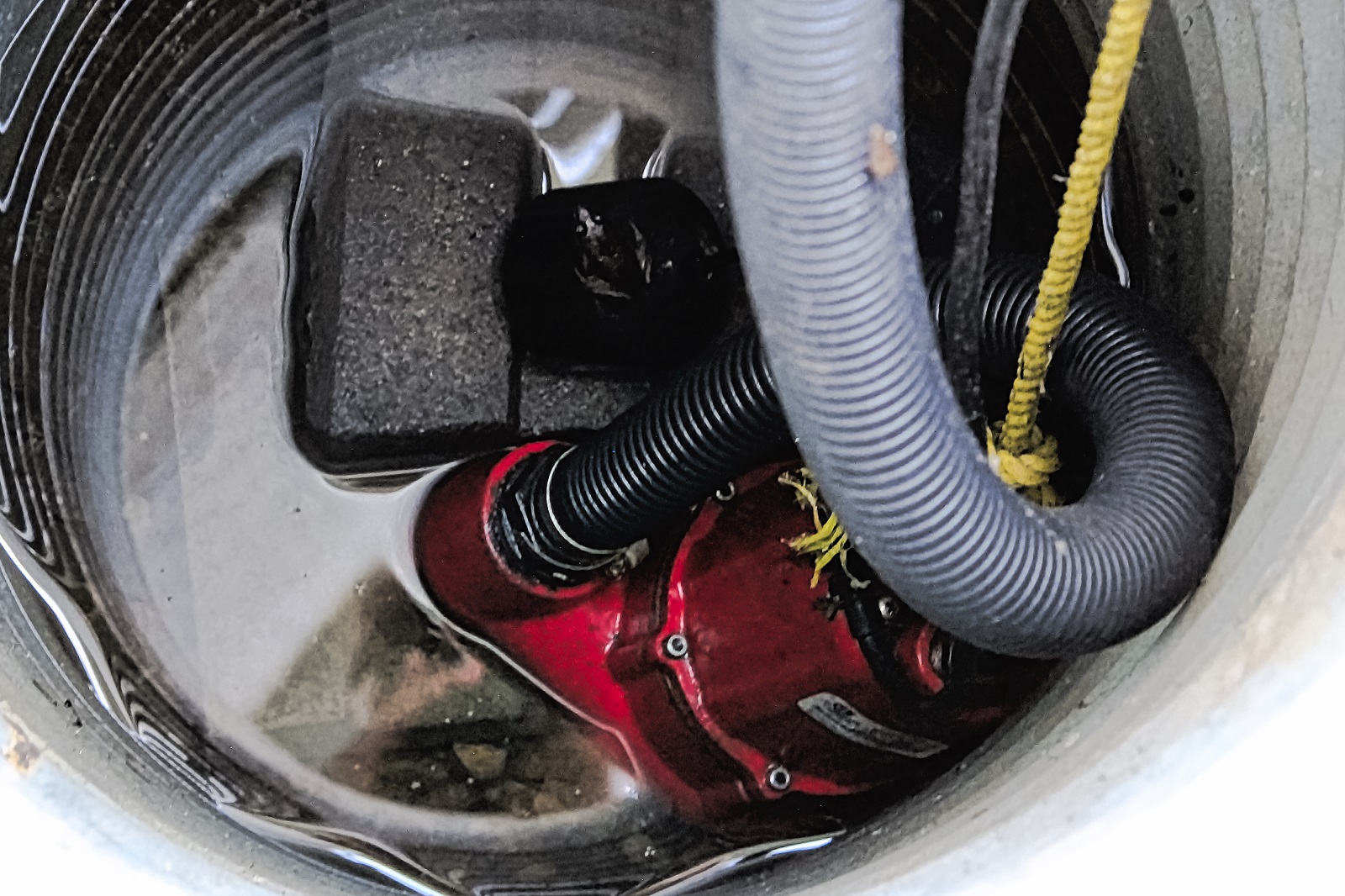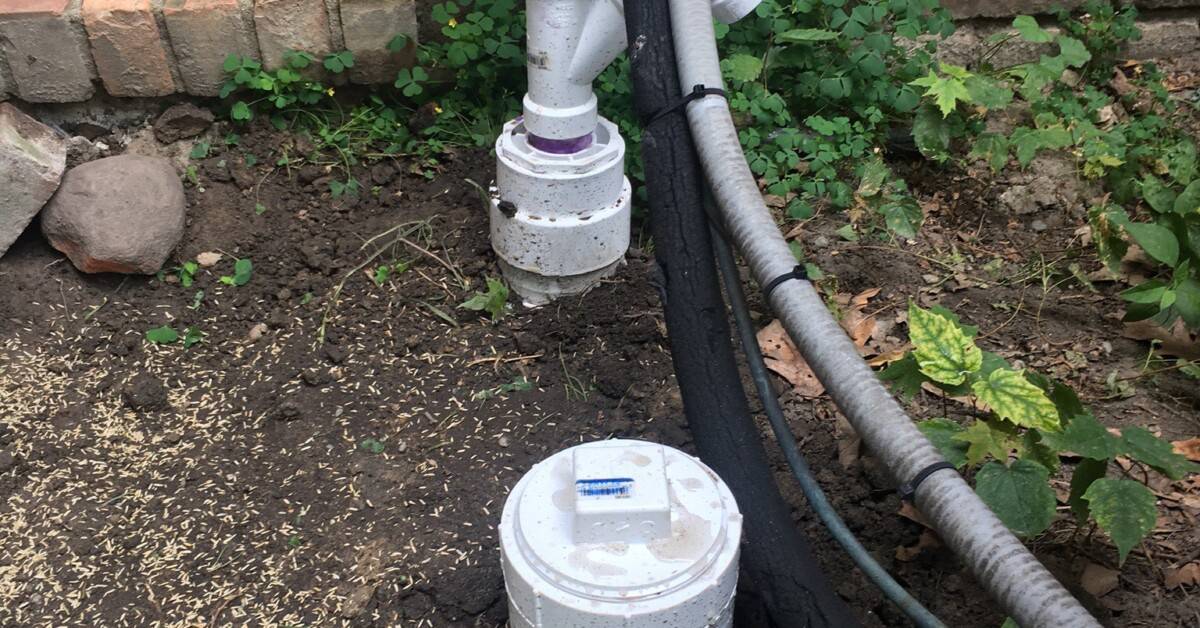Swift Steps to Servicing Your Sump Pump
Swift Steps to Servicing Your Sump Pump
Blog Article
The writer is making several good points relating to How to Care for Your Sump Pump overall in this post down below.

Sump pumps are essential elements in many homes, specifically in areas susceptible to flooding or extreme dampness. They aid prevent water damage by efficiently removing excess water from cellars or crawl spaces. However, like any other home appliance, sump pumps need routine upkeep to guarantee they function effectively when required one of the most. Cleansing your sump pump is a vital part of its maintenance, and recognizing exactly how to do it effectively can conserve you from costly repair services and prospective catastrophes.
Introduction
Preserving a clean sump pump is vital for its appropriate performance and durability. Overlooking this vital job can cause clogs, breakdowns, and inevitably, water damage to your building. Consequently, discovering exactly how to cleanse a sump pump is critical for homeowners that depend on these gadgets to maintain their cellars completely dry and safeguarded.
Indications of a Dirty Sump Pump
Knowing when your sump pump requires cleaning is crucial for stopping prospective malfunctions. Some usual indicators that suggest an unclean sump pump include weird sounds throughout procedure, decreased water circulation, and noticeable debris in the pit. If you see any of these symptoms, it's vital to cleanse your sump pump immediately to prevent any type of additional problems.
Planning for Cleansing
Before you start cleaning your sump pump, it's vital to take some safety preventative measures. Begin by shutting down the power to the pump to avoid any type of electric crashes. Additionally, use appropriate safety equipment, such as handwear covers and goggles, to protect yourself from dust, debris, and prospective microorganisms.
Recognizing the Sump Pump
Before diving into the cleansing procedure, it's necessary to have a standard understanding of how a sump pump works. Generally installed in a pit or basin below the cellar flooring, a sump pump includes a number of crucial elements, including a pump, a float switch, and a discharge pipeline. When water accumulates in the pit, the float button triggers the pump, which after that pumps the water out via the discharge pipe, far from the building's structure.
Step-by-step Guide to Cleaning a Sump Pump
Shutting down the Power
Begin by disconnecting the power supply to the sump pump to prevent any kind of crashes while cleaning.
Looking For Appropriate Performance
Before re-installing the pump, do a fast test to ensure that the float switch turns on the pump properly. Pour some water right into the sump pit and observe the pump's operation. If everything is functioning properly, you can reconstruct the pump and reconnect the power supply.
Eliminating Debris and Dirt
Utilize a bucket or an inside story to remove any kind of visible debris, dirt, or debris from the sump pit. Dispose of the debris correctly to avoid it from obstructing the pump or the discharge pipeline.
Cleaning up the Pump and Float Switch Over
Once the pit is clear of particles, very carefully remove the pump from the pit. Examine the pump and the float switch for any type of signs of damage or wear. Utilize a soft brush or cloth to cleanse the surface areas and remove any kind of built up gunk.
Purging the System
After cleaning the pump and float button, purge the sump pit with tidy water to get rid of any staying dirt or sediment. This will help guarantee that the pump operates smoothly and efficiently.
Upkeep Tips to Maintain Your Sump Pump Clean
Along with periodic cleaning, there are several maintenance tips you can comply with to maintain your sump pump in optimal problem:
Verdict
Cleansing your sump pump is a critical aspect of its maintenance and makes certain that it runs effectively when you need it the most. By following the steps detailed in this guide and including regular upkeep into your routine, you can extend the life expectancy of your sump pump and secure your home from water damages.
6 STEPS ON HOW TO CLEAN A SUMP PUMP PROPERLY
UNDERSTANDING SUMP PUMPS
Your sump pump plays a crucial role in protecting your home by managing and removing excess water. It primarily functions as a “shield”, guarding your basement against the damaging effects of water accumulation. The pump is housed in a sump pit in the lowest part of your basement, and its job is to pump out any water that collects there.
During heavy rainfalls or when snow melts rapidly, water can infiltrate your basement, posing potential risks like flooding, structural damage, and harmful mold growth. Here, the sump pump springs into action, pumping out the intruding water and directing it away from your home.
SAFETY FIRST
Before cleaning, remember to prioritize safety. Disconnect the sump pump from the power source to prevent any accidental electric shocks. Also, wear sturdy gloves to protect your hands from any sharp or dirty components within the pump.
REMOVE THE SUMP PUMP
After ensuring your safety, the next step is to remove the sump pump from its pit. Doing this might require careful maneuvering as you don’t want to damage any pump components. Once removed, clean the sump pit to remove any accumulated debris or sludge.
INSPECT THE PUMP
Inspect the pump for any visible signs of wear or damage. Check the power cord, float switch, and impeller housing. If any components look worn out or damaged, consider replacing them to ensure optimal performance.
CLEAN THE PUMP
Thoroughly clean the pump with warm, soapy water. Make sure to rid it of any dirt, gravel, or other debris that might impede its performance. You can use a toothbrush to clean the small, hard-to-reach parts of the pump.
REINSTALL THE SUMP PUMP
Reinstall the pump into the sump pit Make sure it’s positioned correctly to remove the water effectively Once it’s back in place, reconnect it to the power source TEST THE PUMP
Finally, pour some water into the pit to ensure the pump works correctly. It should start automatically and begin pumping out the water; if it doesn’t, check the power source and the positioning of the pump.
Remember, while cleaning your sump pump is an essential part of home maintenance, hiring a professional plumber for a thorough inspection and cleaning at least once a year is also important. This will ensure that your pump is in optimal condition, ready to protect your home from potential water damage.
BEST PRACTICES FOR CLEANING SUMP PUMP DISCHARGE PIPES
Regular Inspection: Regularly inspect your discharge pipes, especially during heavy rainfall or snowmelt periods. Look for any signs of blockage or damage. Early detection of problems can prevent serious issues down the line. Periodic Cleaning: Over time, sediment and debris can accumulate in the discharge pipes, impeding the flow of water. Regular cleaning helps keep the pipes clear and functioning efficiently. You can use a high-pressure water jet to effectively clean the pipes. Insulation During Winter: In colder climates, discharge pipes can freeze, blocking the outflow of water. Protect your discharge pipes from freezing temperatures by insulating them with foam pipe insulation. This will ensure the sump pump can continue to discharge water even in freezing conditions. Proper Positioning: The discharge pipe should be positioned to direct water away from your home’s foundation. Improper positioning can lead to water seeping back into the basement. Ensure the pipe is long enough and angled correctly. Installation of a Check Valve: A check valve prevents water from flowing back into your sump pit after the pump has pushed it out. Installing a check valve helps maintain the efficiency of your sump pump and reduces the risk of flooding. Minimize Pipe Turns: Every curve or turn in the discharge pipe can decrease the efficiency of water flow. By minimizing turns and bends in your discharge pipe, you can increase the efficiency of your sump pump. https://www.fullspeedplumbing.com/how-to-clean-a-sump-pump-properly9999/

As a devoted person who reads about Keep Your Sump Pump Clean, It'll Keep You Dry, I thought sharing that article was smart. In case you appreciated our page kindly be sure to share it. Thanks so much for your time invested reading it.
Call Today Report this page